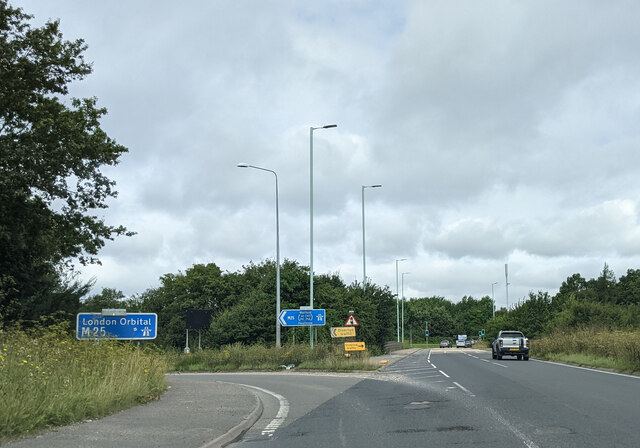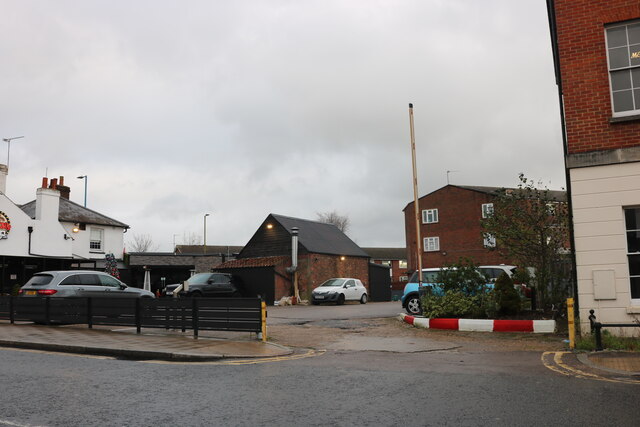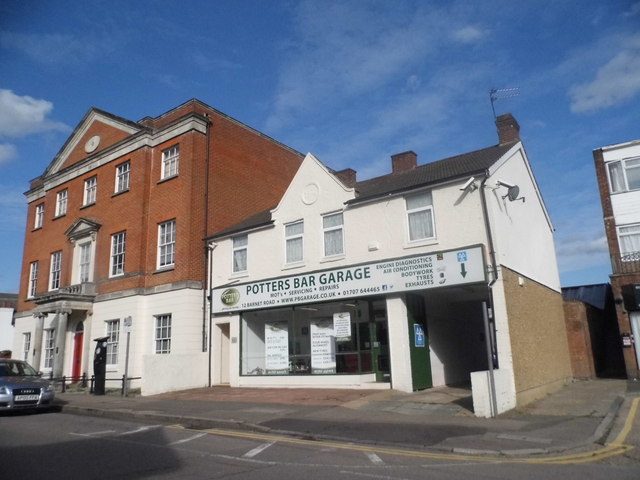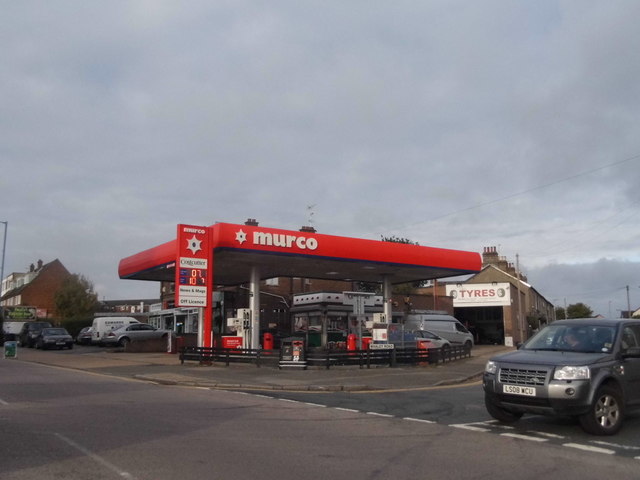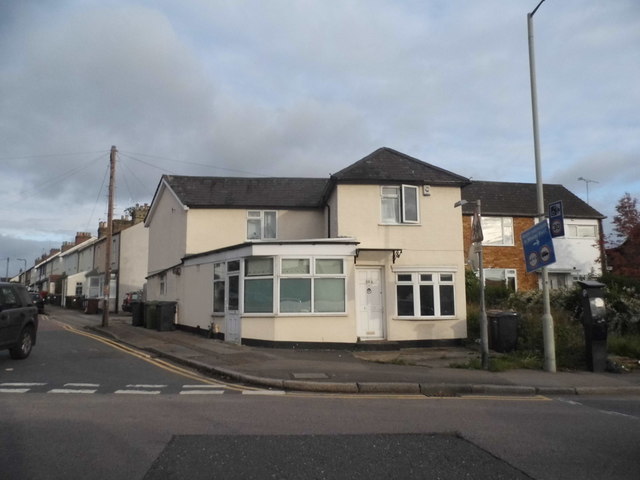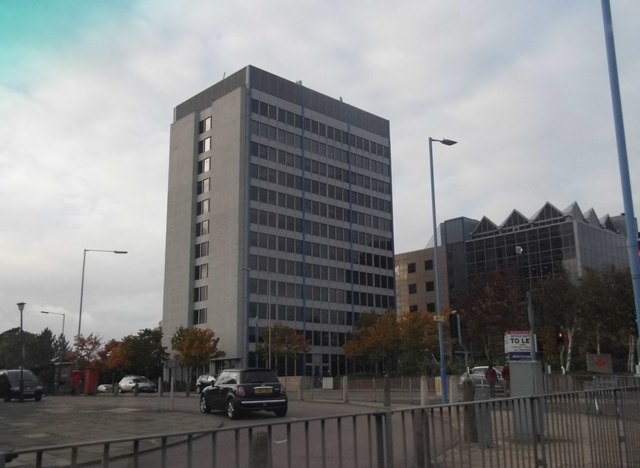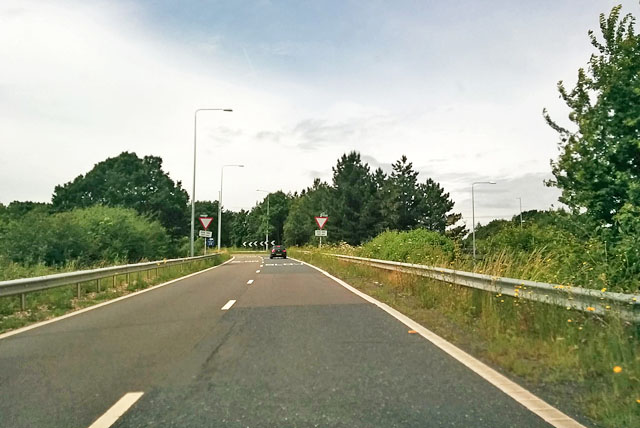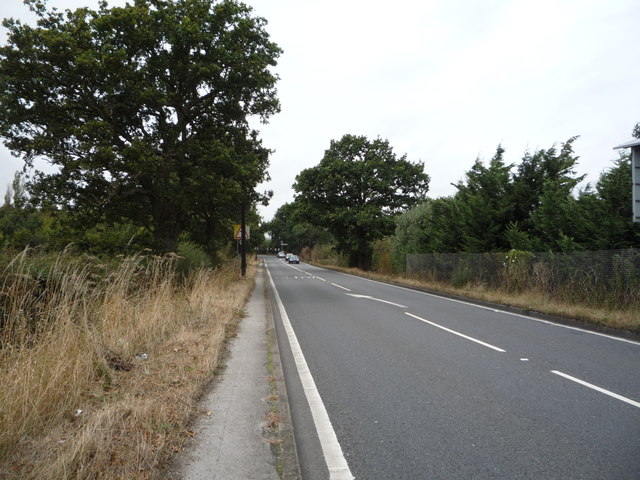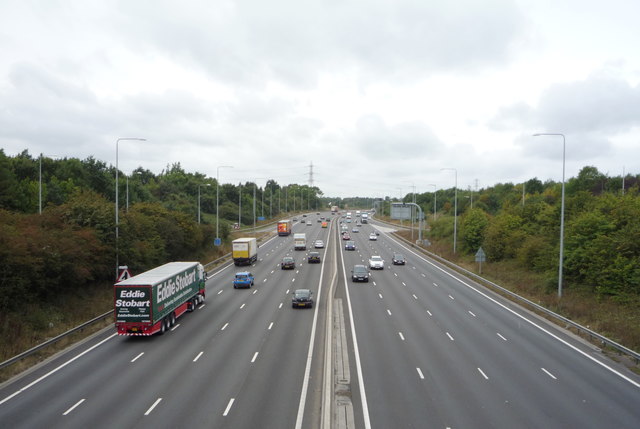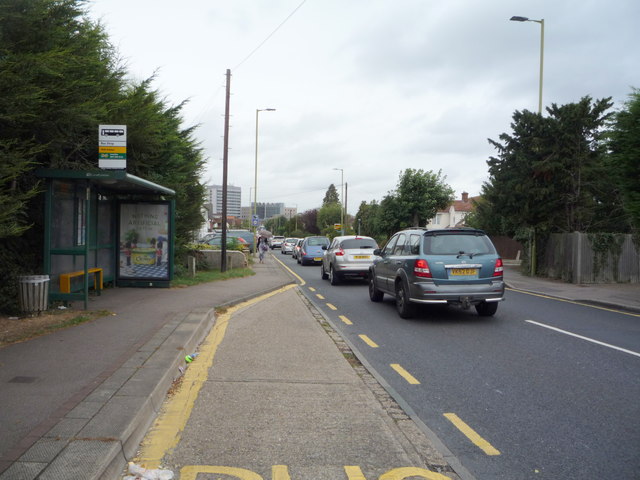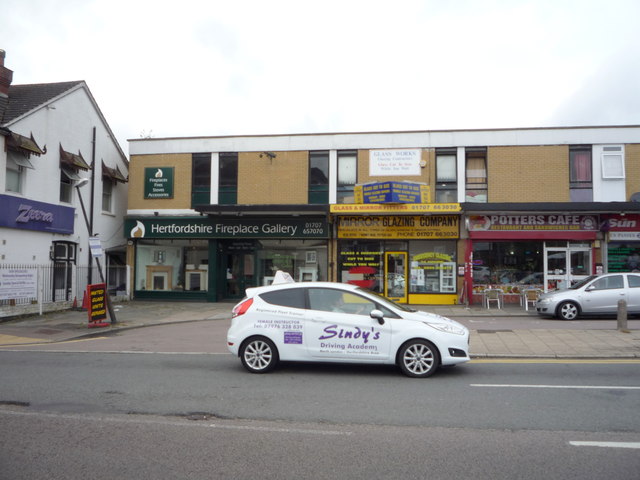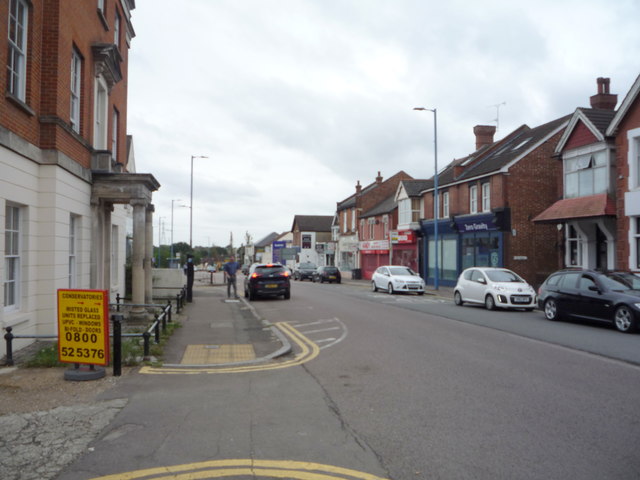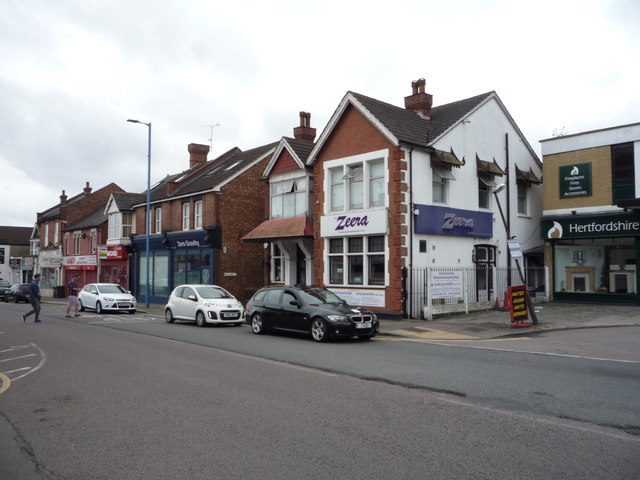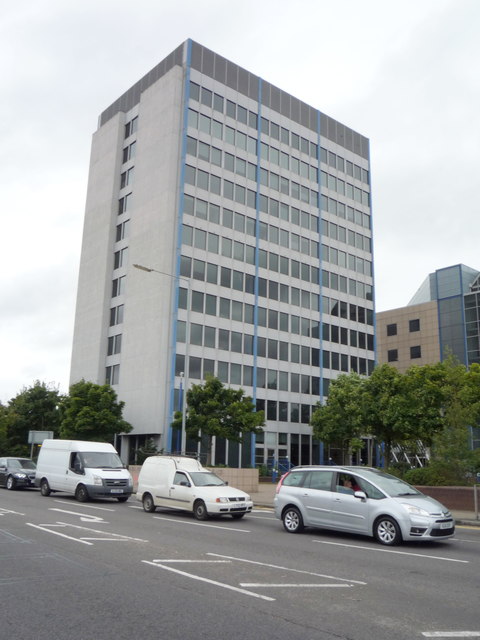Deadman's Bottom
Valley in Middlesex Hertsmere
England
Deadman's Bottom
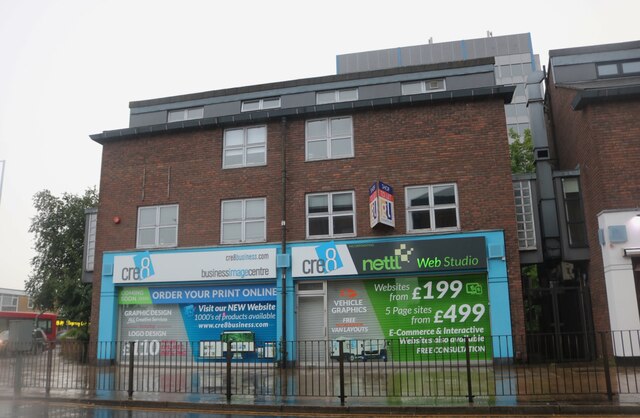
Deadman's Bottom is a small valley located in the county of Middlesex, England. Nestled within the picturesque countryside, this tranquil and idyllic location has gained a reputation for its natural beauty and historical significance.
Surrounded by rolling hills and verdant meadows, Deadman's Bottom is characterized by its lush greenery and serene atmosphere. The valley is crossed by a meandering river, which adds to its charm and provides a habitat for various species of wildlife.
The name "Deadman's Bottom" has a mysterious origin, with some speculating that it refers to an ancient burial ground or a tragic event that occurred in the area. However, no concrete evidence has been found to support these claims, leaving the name shrouded in folklore and intrigue.
Despite its secluded nature, Deadman's Bottom is easily accessible via a network of country lanes and footpaths. This makes it a popular destination for nature lovers, hikers, and photographers who appreciate its unspoiled beauty. The valley offers breathtaking panoramic views, especially during the spring when the surrounding fields burst into a riot of colors with blooming wildflowers.
Historically, Deadman's Bottom has played a role in the agricultural heritage of Middlesex, with evidence of farming activities dating back centuries. Today, the valley remains a haven for wildlife, supporting a diverse range of flora and fauna.
In conclusion, Deadman's Bottom is a hidden gem in Middlesex, offering visitors a chance to escape the bustle of city life and immerse themselves in the beauty of nature.
If you have any feedback on the listing, please let us know in the comments section below.
Deadman's Bottom Images
Images are sourced within 2km of 51.675158/-0.18546514 or Grid Reference TQ2598. Thanks to Geograph Open Source API. All images are credited.
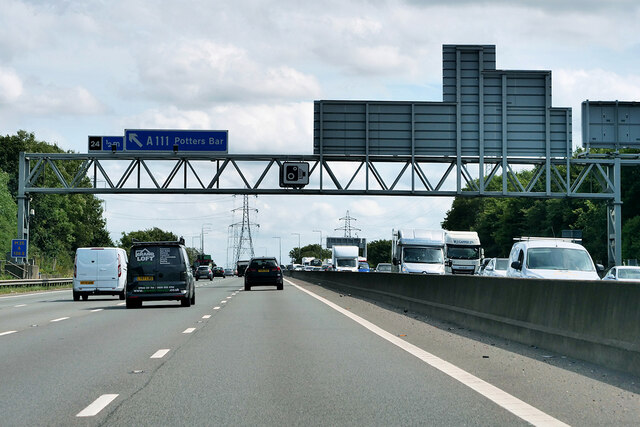
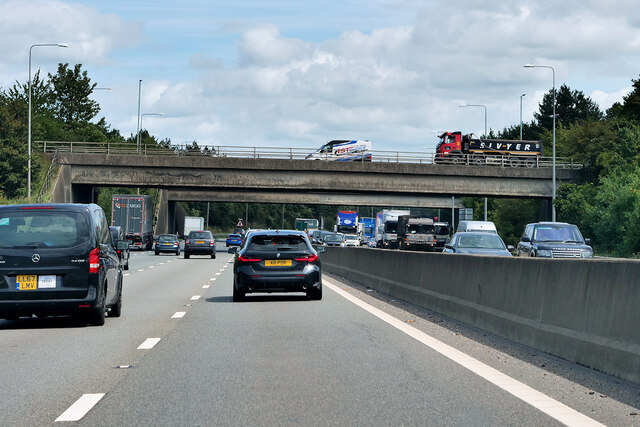
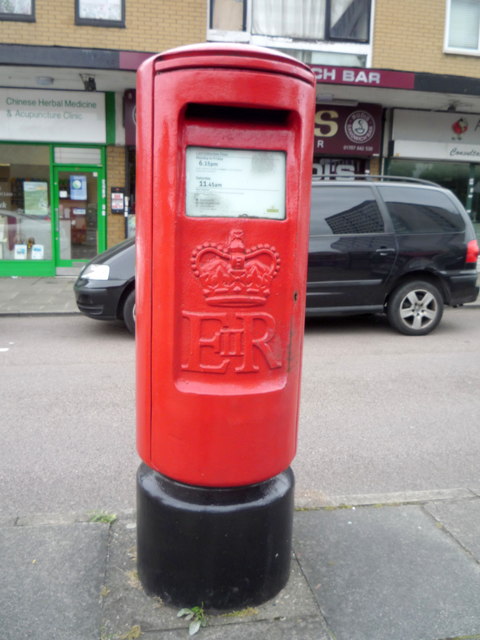
Deadman's Bottom is located at Grid Ref: TQ2598 (Lat: 51.675158, Lng: -0.18546514)
Administrative County: Hertfordshire
District: Hertsmere
Police Authority: Hertfordshire
What 3 Words
///stuck.proof.bonus. Near Hadley Wood, London
Nearby Locations
Related Wikis
Ganwick House
Ganwick House is a late-18th-century house in Wagon Road, Ganwick Corner (Gannic Corner), near Chipping Barnet, England. As of 2018, it was in use as a...
Wrotham Park
Wrotham Park (pronounced , ROO-təm) is a neo-Palladian English country house in the parish of South Mimms, Hertfordshire. It lies south of the town of...
Bentley Heath, Hertfordshire
Bentley Heath is a hamlet in Hertfordshire, England, between Chipping Barnet and Potters Bar. It is on the north edge of the Wrotham Park estate with which...
Hadley Wood railway station
Hadley Wood railway station is in the London Borough of Enfield in north London, England. It is 10 miles 46 chains (17.0 km) down the line from London...
Mount House School
Mount House School is a private day school for pupils from 11 to 18. The school is co-educational and is situated in Monken Hadley, in the London Borough...
Potters Bar Urban District
Potters Bar Urban District was a local government district in England from 1894 to 1974, covering the town of Potters Bar and the village of South Mimms...
St Paul's Church, Hadley Wood
St Paul's Church is a Church of England proprietary chapel in Hadley Wood, London. == History == Albert Kingwell, agent for Charles Jack, arranged for...
Mount House, Monken Hadley
Mount House, Camlet Way, Monken Hadley, in the London Borough of Barnet, is a grade II* listed house. The attached stable block is also listed. == History... ==
Nearby Amenities
Located within 500m of 51.675158,-0.18546514Have you been to Deadman's Bottom?
Leave your review of Deadman's Bottom below (or comments, questions and feedback).
